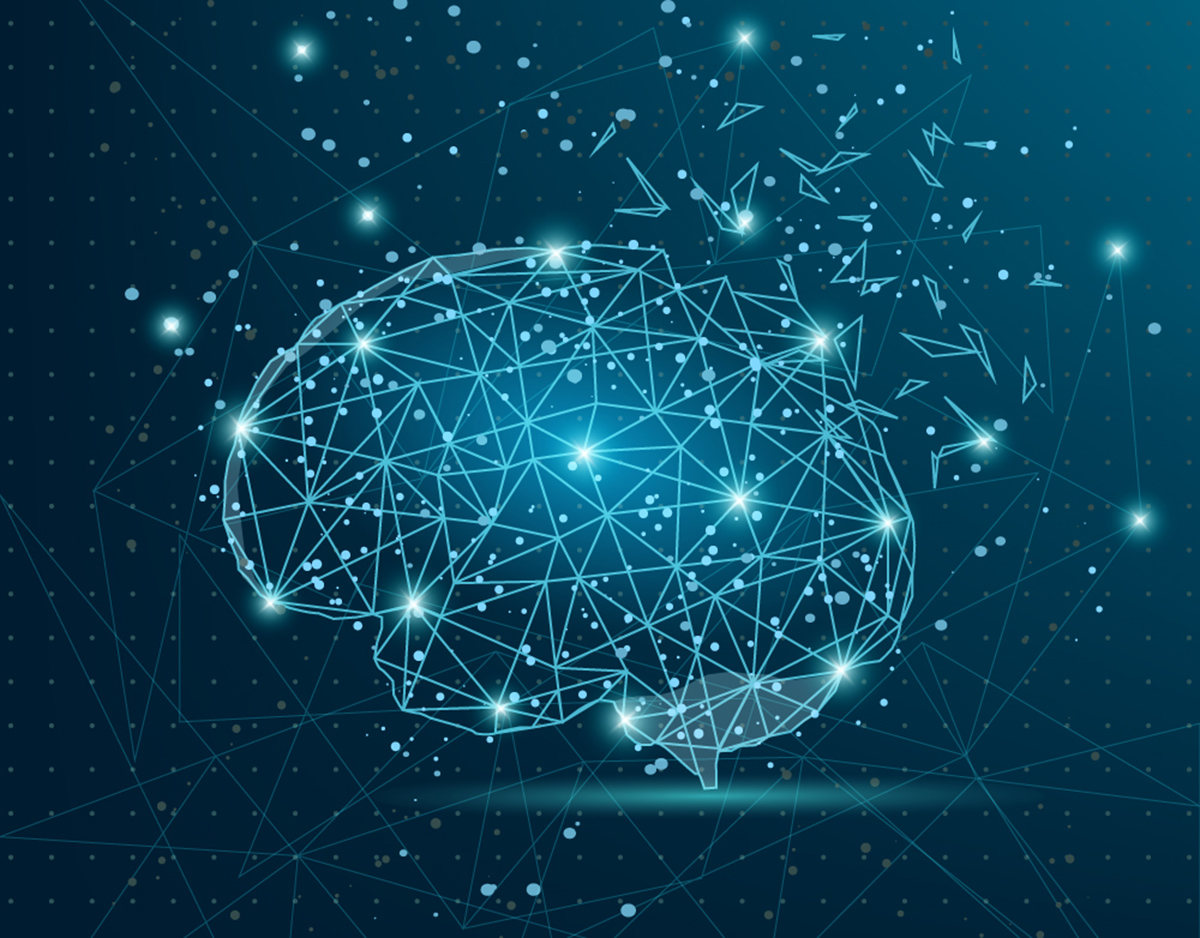Parkinson’s disease is a chronic and progressive neurological disorder. Although the wider underlying cause of the disease remains to be explored, with a combination of environmental and genetic factors likely to be to blame, we do understand the mechanism that causes the symptoms.
Parkinson's disease: What happens in the brain?
The processes at work in the brains of Parkinson's disease patients are complex and difficult to understand. As science advances, an increasingly comprehensive picture emerges. Since the treatment of Parkinson's disease currently focuses on managing patients' symptoms rather than slowing the progression of the disease, this is very important — a better understanding of everything happening in the brain may, in future, lead to breakthroughs in treatment. Who knows? It could even give the insights needed to develop a cure in the end!

Other interesting insights research has offered include:
- The discovery that not just dopamine levels, but also the levels of another neurotransmitter called norepinephrine, are affected by nerve damage. This neurotransmitter contributes to regulating both blood pressure and pulse, so this finding accounts for at least a portion of the non-motor symptoms seen in Parkinson's.
- The discovery that mutations to the mitochondria, the "power house" of each cell, leads to disordered movement and the spreading of toxic compounds, in turn affecting increasing numbers of cells. Mitochondrial DNA, which is passed down maternally, is thought to explain the genetic component of Parkinson's.
- Parkinson's disease, like so-called Lewy body dementia, features the presence of Lewy bodies — clusters of misfolded proteins called alpha-synucleins within nerve cells. Their presence leads to both impaired movement and the loss of nerve cells.
- Post-mortem research of the brains of people with Parkinson's shows that the portion of the brain responsible for its symptoms — the substantia nigra — is significantly inflamed. This inflammation occurs as the direct result of the process of nerve cell loss (or cell death, as it were), which triggers the immune system to release proinflammatory cytokines. The interesting thing is that this inflammatory process may actually cause further cell death, as well, in turn worsening the symptoms of Parkinson's.
What sets all of these processes in motion?
What role do genetics play in causing Parkinson's?
Only around 15 in 100 Parkinson's disease patients have a known family history of the disease. While this means that most cases of Parkinson's are not considered hereditary, those people who do have close relatives with Parkinson's do appear to be at a higher risk themselves.
Several genes that play a role in those cases that do appear to be hereditary have been identified, but other genes that haven't yet been pinpointed are likely to contribute to the disease as well, so it is possible genetics pay a larger role than is currently known. It is important to note that having a genetic mutation that has been associated with Parkinson's — like those within the PINK1, PARK7, or PRKN genes — doesn't mean that a person will definitely develop Parkinson's disease.
Environmental exposure and Parkinson's disease
Various studies have also explored the environmental factors that could lead to Parkinson's disease, and have (currently inconclusively) linked exposure to certain pesticides, herbicides, fungicides, and insecticides to the development of the disease. Exposure to Agent Orange (in Vietnam vets), PCBs, and the solvent Trichloroethylene (TCE) has also been implicated. People who have been exposed to certain metals — including lead, iron, aluminum, zinc, copper, and manganese — over the course of their working lives may also have a higher risk of Parkinson's. These exposures may well account for the fact that men are diagnosed with Parkinson's more often than women.
Medications
Even medications you take may increase your risk. Antidepressants, anti-anxiety meds, and antipsychotics have all been suggested medications that contribute to a person's risk of Parkinson's disease. Parkinsonism is an umbrella term to describe the motor symptoms seen in Parkinson's disease, with Parkinson's as well as other conditions being forms of Parkinsonism. This is known to sometimes be induced by medications, in which case it's called medication-induced Parkinsonism.
Conclusion
While the mechanisms that cause Parkinson's disease are fascinating as well as holding the key to the development of more effective treatments that can slow the progression of the disease, knowledge about them remains — in the grand scheme of things — unhelpful to current patients. For the moment, the treatment of Parkinson's disease continues to focus on symptom management. A combination of medications, physical therapy, help carrying out daily tasks, and lifestyle changes are your best bet when it comes to increasing your quality of life with Parkinson's.
- Wang, X., Winter, D., Ashrafi, G., Schlehe, J., Wong, Y. L., Selkoe, D., … Schwarz, T. L. (2011). PINK1 and Parkin Target Miro for Phosphorylation and Degradation to Arrest Mitochondrial Motility. Cell, 147(4), 893–906. doi:10.1016/j.cell.2011.10.018
- Photo courtesy of SteadyHealth.com

